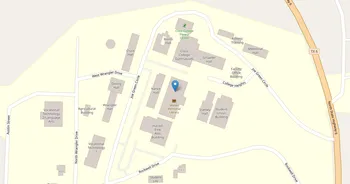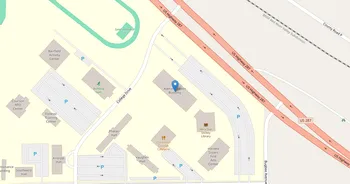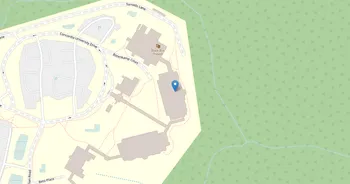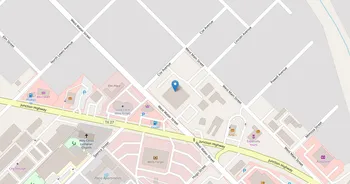Charles and Sues School of Hair Design : Overview, Courses, Scholarships & Rankings
About Charles and Sues School of Hair Design
In Bryan-College Station, Charles and Sues School of Hair Design is known for hands-on learning that mirrors a working salon. Students build fundamentals in hair design, skincare, client care, sanitation, and the business side of the chair. The campus centers on a salon floor with studio classrooms and a dispensary, plus support like coaching, licensure prep, and job search help. The vibe is tight-knit and focused. And instructors keep feedback direct.
Student life tilts collaborative, with peer critiques, portfolio-building sessions, and community client opportunities. The school has a reputation for a teaching-salon experience open to the public, so pace and professionalism matter. Bryan offers a lively mix of local salons and events, which can translate to practice and contacts. Students leave with chair-side confidence and a network that feels close to home.
Key Institutional Details
Contact & Profile
Academic & Institutional
Academic Programs & Fields of Study
Charles and Sues School of Hair Design offers 1 degree programs across 1 major academic fields, graduating approximately 65 students annually. The most popular fields by graduate volume are Personal Services (1 programs, 65 graduates). Explore program details, award levels, and graduate demographics below.
Personal Services (1 programs, 65 graduates)
Hospitality Management, Culinary Arts and Personal Care
| Program Name | Graduates | Gender Distribution | Award Levels | CIP Code |
|---|---|---|---|---|
| Cosmetology | 65 |
|
Certificate (1-2 yrs)
|
12.0401 |
Tuition, Fees & Estimated Costs
Overview of tuition rates, housing, and other annual education expenses for undergraduate and graduate students
Financial Aid & Student Support
Summary of scholarships, grants, student loans, and financial aid statistics for undergraduate students
Student Success Metrics
Graduation rates and post-graduation earnings to help assess student outcomes and long-term value of education.
Loan Burden & Repayment Outcomes
Breakdown of loan repayment rates and student debt levels by income and dependency status.
Frequently Asked Questions
Find answers to the most common questions about Charles and Sues School of Hair Design
What academic programs and degree levels does Charles and Sues School of Hair Design offer?
Charles and Sues School of Hair Design offers 1 academic programs across 1 major fields of study, with available degree levels: Certificate (1-2 yrs).
Most popular program areas include:
- Hospitality Management, Culinary Arts and Personal Care (1 programs)
Data based on IPEDS program completions for 2023-2024 academic year. Numbers reflect programs where students graduated, not all offered programs.
What financial aid and scholarships are available at Charles and Sues School of Hair Design?
Charles and Sues School of Hair Design provides financial aid to 50% of first-time, full-time students, with average grants of $4,691 and average loans of $4,821.
Average financial aid amounts by type:
- Pell grants: $4,691
- Federal loans: $4,821
The university supports 33 students with grants and 33 students with loans annually.
Data based on IPEDS for 2022-2023 academic year. Financial aid amounts and percentages may vary by program, enrollment status, and individual circumstances.
What is the average salary for Charles and Sues School of Hair Design graduates?
Charles and Sues School of Hair Design graduates earn a median salary of $23,552 after 6 years and $27,724 after 10 years.
The salary range 10 years after graduation spans from $13,507 (25th percentile) to $38,117 (75th percentile).
Data based on IPEDS for 2022-2023 academic year. Salary data reflects graduates who received federal financial aid (approximately 60% of all graduates). Actual earnings may vary significantly based on program, location, and individual circumstances.
Related Universities




Found something useful? Help others discover it too! Share with friends, on social media, or save for later - every share helps someone find the information they need.